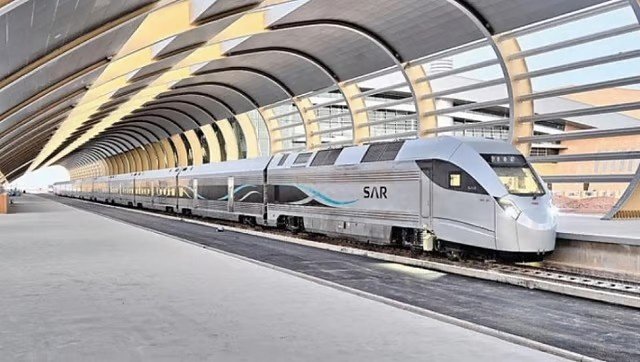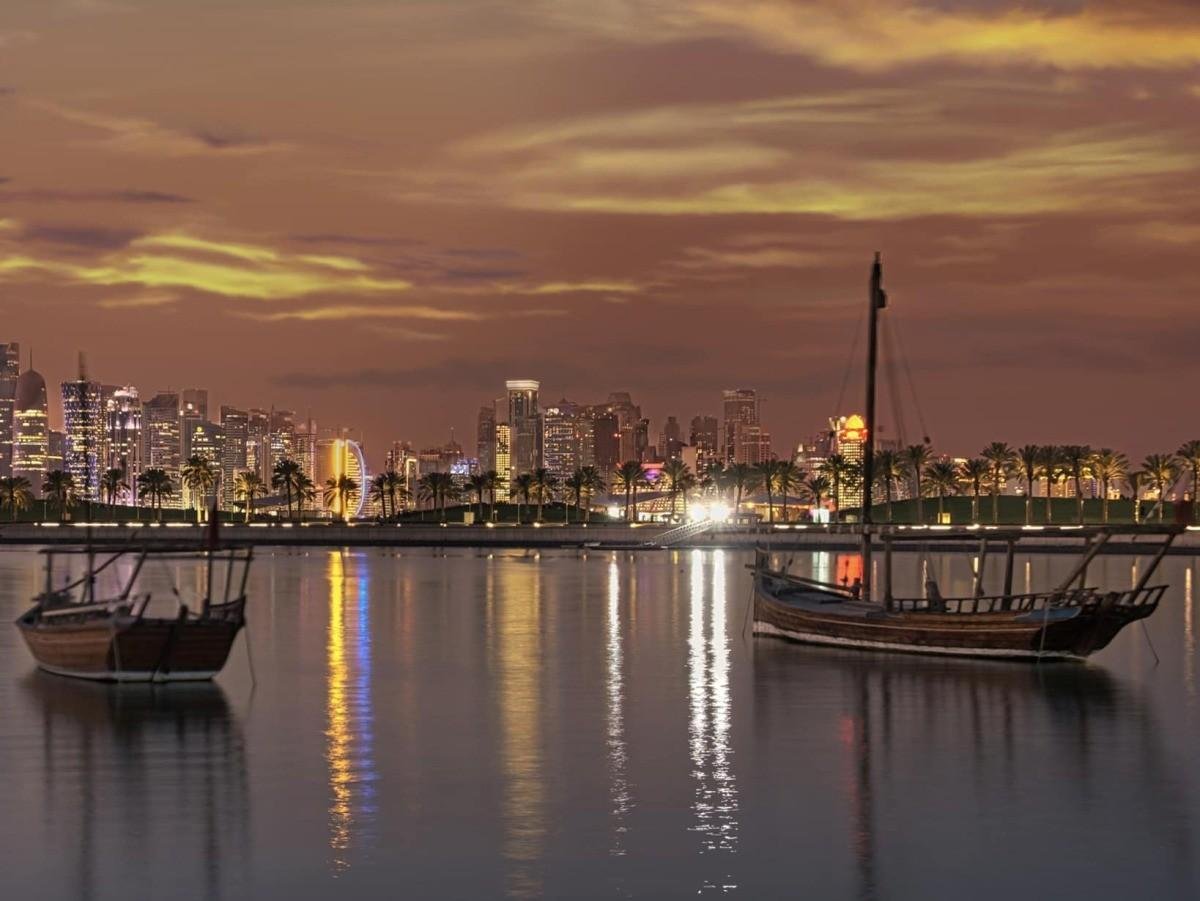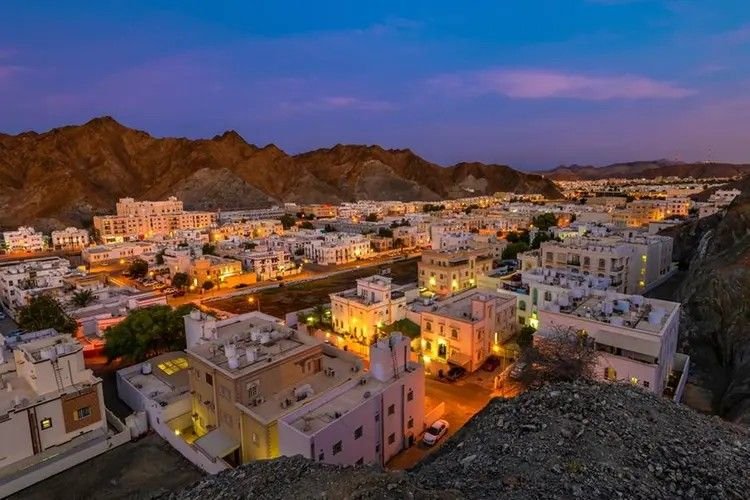Riyadh — October 19, 2025: Saudi Arabia has unveiled plans for a $7 billion high-speed rail project that will connect the Red Sea to the Arabian Gulf, a monumental step in transforming the Kingdom’s transport and logistics infrastructure under Vision 2030.
Dubbed the “Land Bridge”, the project will stretch nearly 1,500 kilometres, linking Jeddah on the Red Sea with Dammam on the Gulf, passing through Riyadh. Once completed, it will reduce travel time between Riyadh and Jeddah from 12 hours by car to less than four hours by train, revolutionising domestic connectivity and trade routes across the Arabian Peninsula.
According to Okaz newspaper, the Land Bridge is seen as a “desert marvel” that will anchor Saudi Arabia’s ambition to become a regional logistics powerhouse. The project will expand the national rail network from 5,300 km to more than 8,000 km, integrating passenger and freight routes that connect King Abdullah Port and major industrial zones, particularly Yanbu.
The Saudi Railway Company (SAR) has already ordered 15 new high-speed trains capable of reaching speeds of up to 200 km/h, underscoring the Kingdom’s push for advanced, efficient, and sustainable transport systems.
In parallel, Saudi Arabia is preparing to launch “Dream of the Desert”, a 1,290-km luxury train journey offering travellers panoramic views from Riyadh to Qurayyat, complementing the country’s growing tourism and mobility ambitions.
Reflecting its broader commitment to clean energy and sustainable transport, Saudi Arabia also plans to introduce hydrogen-powered trains, aligning with national initiatives for carbon-neutral mobility.
Passenger enthusiasm is already on the rise, with over 2.6 million passengers using Saudi rail networks in the second quarter of 2025 alone — a clear indicator of growing confidence in the Kingdom’s modernising rail sector.
With the Land Bridge at its core, Saudi Arabia is positioning itself at the heart of integrated land, air, and sea connectivity, setting a new benchmark for regional trade, tourism, and sustainable mobility.















